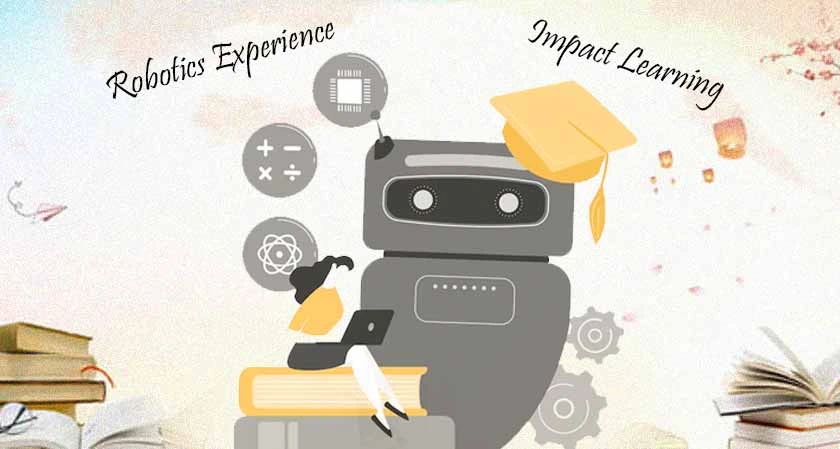Home Innovation Robotics The Impact of Robotics on the ...
The Impact of Robotics on the Learning Experience
Robotics

Business Fortune
01 Febuary, 2024
Robotics in the classroom can also help to bridge the gap between theory and practice.
Robotics is revolutionizing the educational landscape and transforming the way that students learn and engage with the world around them. Robotics is a rapidly growing field that offers a unique and engaging way to teach students about engineering, computer programming, mathematics, and other STEM subjects. By introducing robotics into the classroom, educators can provide a dynamic and interactive learning environment that encourages creativity, problem-solving, and critical thinking skills. One of the main benefits of integrating robotics into education is that it provides students with hands-on learning experiences. Robotics kits allow students to build robots and program them to perform specific tasks, giving them a sense of ownership and pride in their creations. This kind of learning is engaging and enjoyable, which leads to increased participation and enthusiasm for the subject matter.
Robotics in the classroom can also help to bridge the gap between theory and practice. Students who learn about the principles of physics, engineering, and math through robotics projects can see how these concepts apply in the real world, making their learning more relevant and meaningful. Robotics projects also encourage students to think critically and creatively as they experiment with different configurations, sensors, and programming techniques. Another key advantage of robotics in education is that it prepares students for the future workforce. As robotics becomes increasingly prevalent in the job market, students who have experience programming and building robots will be well-equipped to pursue careers in engineering, computer science, and other related fields. By introducing robotics into the classroom, educators can help prepare the next generation of innovators and problem solvers for the rapidly changing job market.


































.webp)